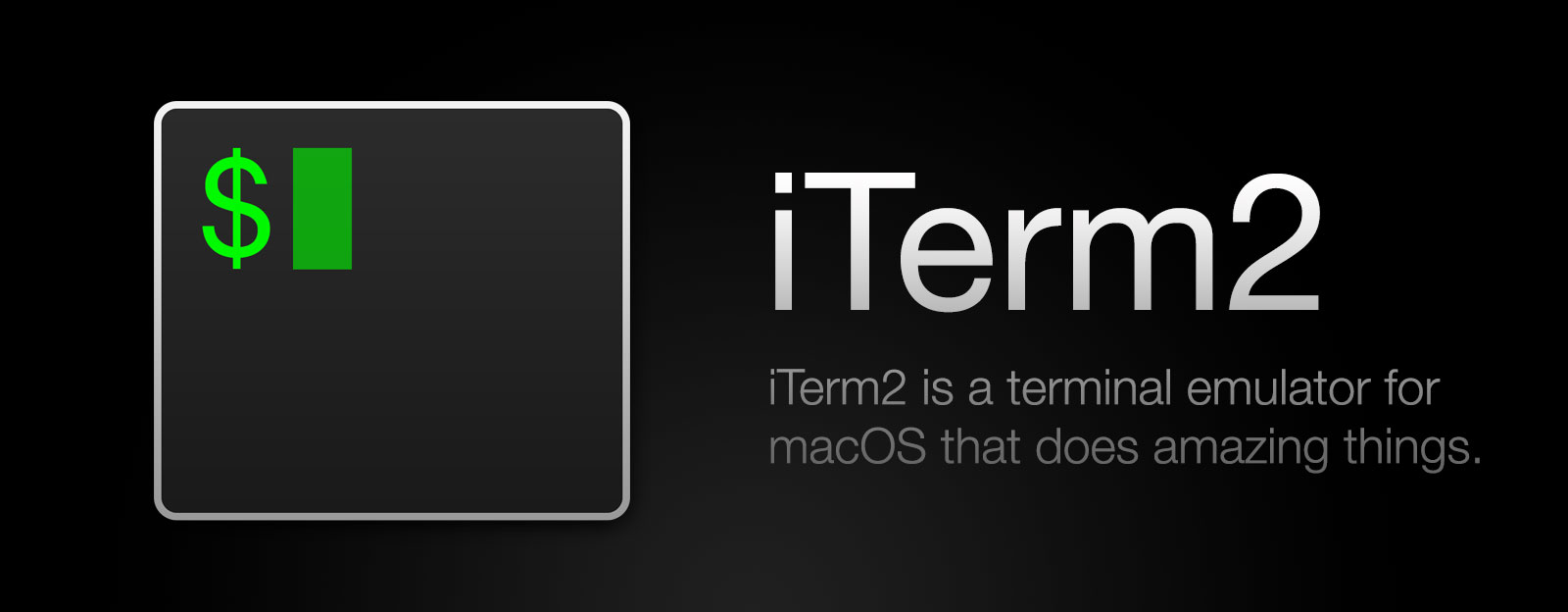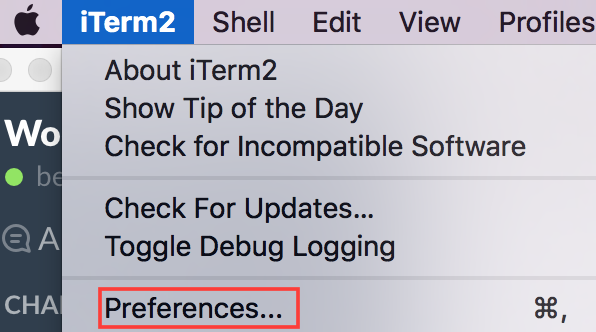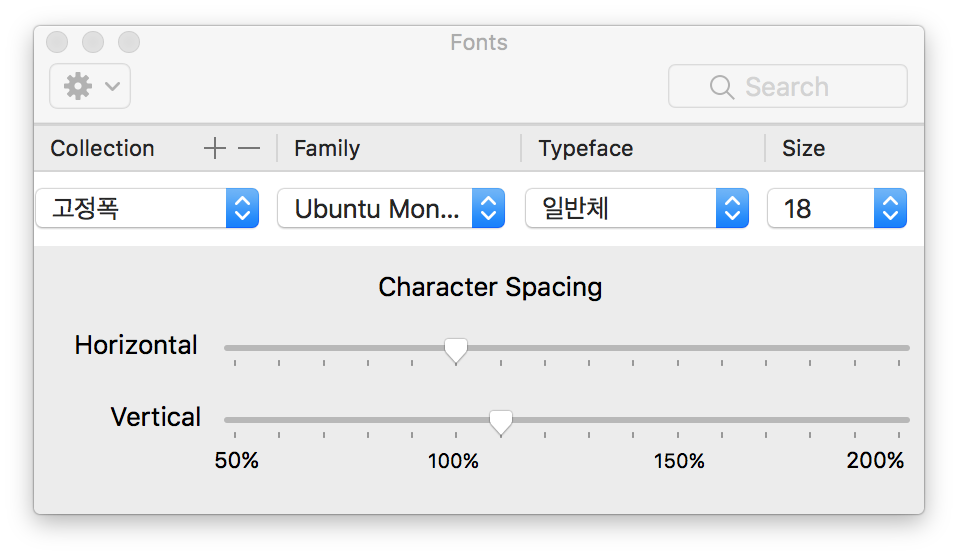
이번 포스팅은 ES6 JavaScript 대상입니다.
자바스크립트가 ES6로 개정되며 새로 들어온 것 중 Arrow Function이라는 것이 있습니다. () => {}의 모양을 갖고 있고 동작하는 것도 비슷하게 보입니다.
하지만 기존의 function() {} 함수형태를 1:1로 바로 변환할 수 있는 것은 아닙니다.
this, arguments의 바인딩이 다르다.
Arrow Function은 this 바인딩을 갖지 않습니다. 기존의 function에서 this의 탐색 범위가 함수의 {} 안에서 찾은 반면 Arrow Function에서 this는 일반적인 인자/변수와 동일하게 취급됩니다. 따라서 아래와 같은 상황이 발생합니다.
1 | // function(){}방식으로 호출할 때 |
위 결과는 아래와 같습니다.
1 | Inside `objFunction`: 13 // 처음에 인자로 전달한 값을 받음 |
우리가 기대한 그대로 나옵니다.
하지만 Arrow Function을 실행하면 이야기가 약간 달라집니다.
1 | // Arrow Function방식으로 호출할 때 |
위 코드의 결과는 아래와 같습니다.
1 | Inside `objFunction`: 13 // 처음에 인자로 전달한 값을 받음 |
즉, Arrow Function 안의 this는 objFunction의 this가 됩니다.
그리고 이 ArrowFunction은 this의 Scope를 바꾸고 싶지 않을 때 특히 유용합니다.
1 | // ES5 function에서는 `this` Scope가 function안에 들어가면 변하기 때문에 새로운 변수를 만들어 씁니다. |
이와 같이 Arrow Function에서는 .bind method와 .call method를 사용할 수 없습니다.
즉, 비슷하게 보이지만 실제로 동작하는 것이 다르기 때문에 사용하는 때를 구별하는 것이 필요합니다.
Arrow Function은 new로 호출할 수 없다
ES6에서 함수는 callable한 것과 constructable한 것의 차이를 두고 있습니다.
만약 어떤 함수가 constructable하다면 new로 만들어야 합니다. 반면 함수가 callable하다면 일반적인 함수처럼 함수()식으로 호출하는 것이 가능합니다.
function newFunc() {}와 const newFunc = function() {}와 같은 방식으로 만든 함수는 callable하며 동시에 constructable합니다. 하지만 Arrow Function(() => {})은 callable하지만 constructable하지 않기때문에 호출만 가능합니다.
ps. ES6의 class는 constructable하지만 callable하지 않습니다.
정리
함수 정의 방식을 바꿔서 사용할 수 있는 경우는 다음과 같습니다.
this나arguments를 사용하지 않는 경우.bind(this)를 사용하는 경우
함수 정의 방식을 바꿔서 사용할 수 없는 경우는 다음과 같습니다.
new등을 사용하는 constructable한 함수prototype에 덧붙여진 함수나 method들(보통this를 사용합니다.)arguments를 함수의 인자로 사용한 경우















































































